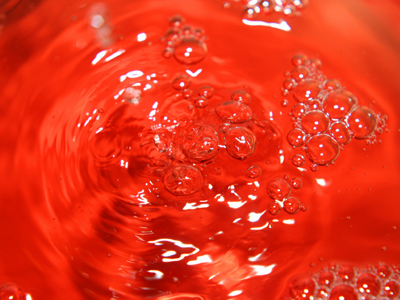

Organic Chemistry 2
In this, the second of our GCSE Chemistry quizzes on organic chemistry, we look at some of the different types of organic compounds, their structure and their properties. Organic compounds can be different shapes and can contain many different elements - as long as carbon and hydrogen are there, the compound is classified as being organic.
The simplest and largest group of organic compounds are the hydrocarbons, you will have learnt about these when you studied crude oil. Aromatic organic compounds all have a distinctive smell and the carbon atoms in them are arranged in a ring rather than a straight line like the alkanes and alkenes that we have met before.
Carboxylic acids are weak acids. You can recognise them from their formulae because they end in -COOH or they match the general formula CnH2nO2. So CH3COOH would be a carboxylic acid, so would C3H6O2. They get their names from the number of carbons in the main chain for example, CH3COOH is ethanoic acid which is the chemical that gives vinegar its sour taste and acidic properties. C4H8O2 is butanoic acid as it has 4 carbons in the chain.
Ready for more?
not all...
quizzers. Try to win a coveted spot on our Hall of Fame Page.






